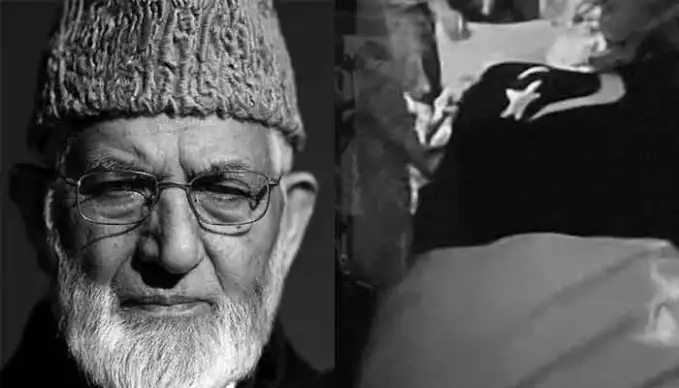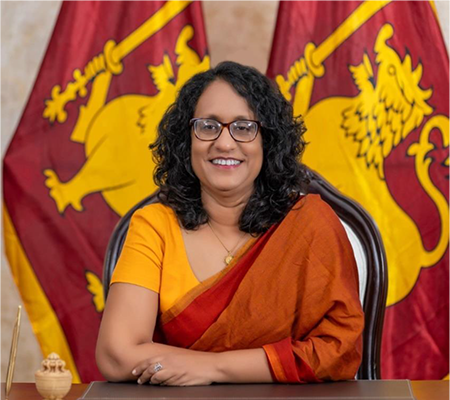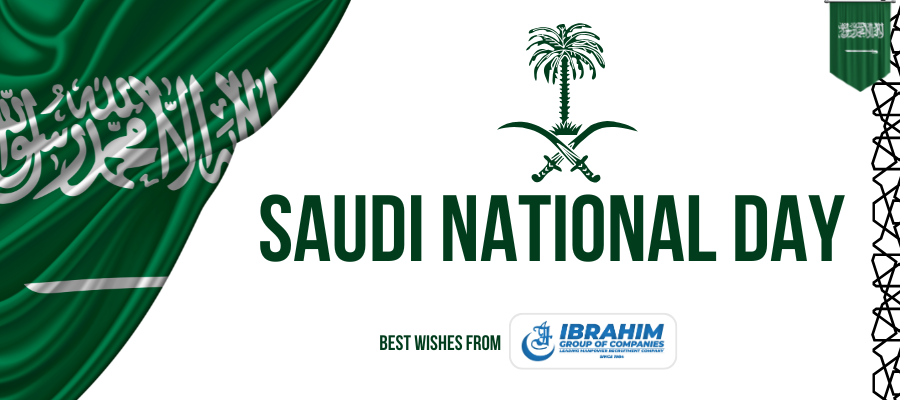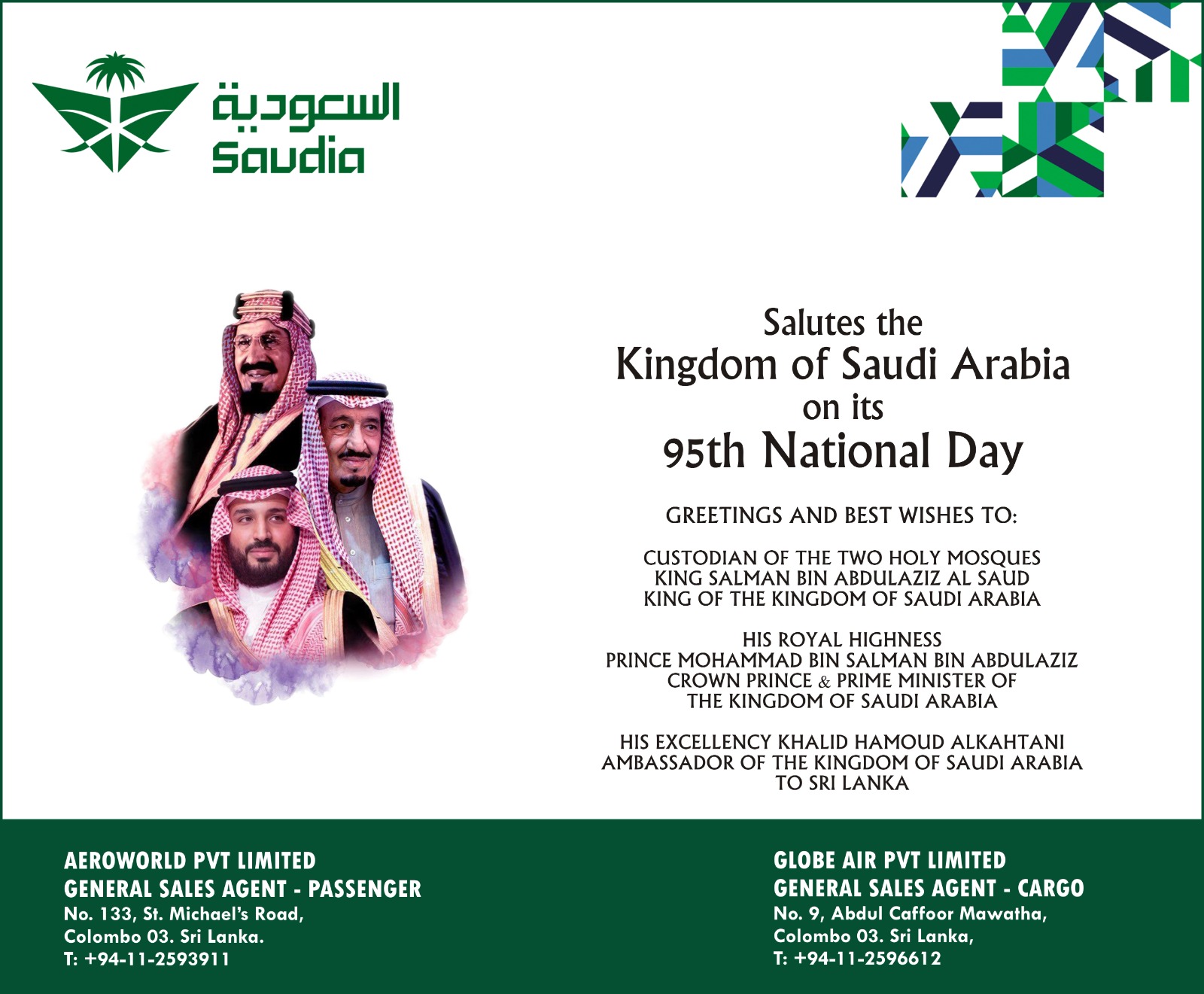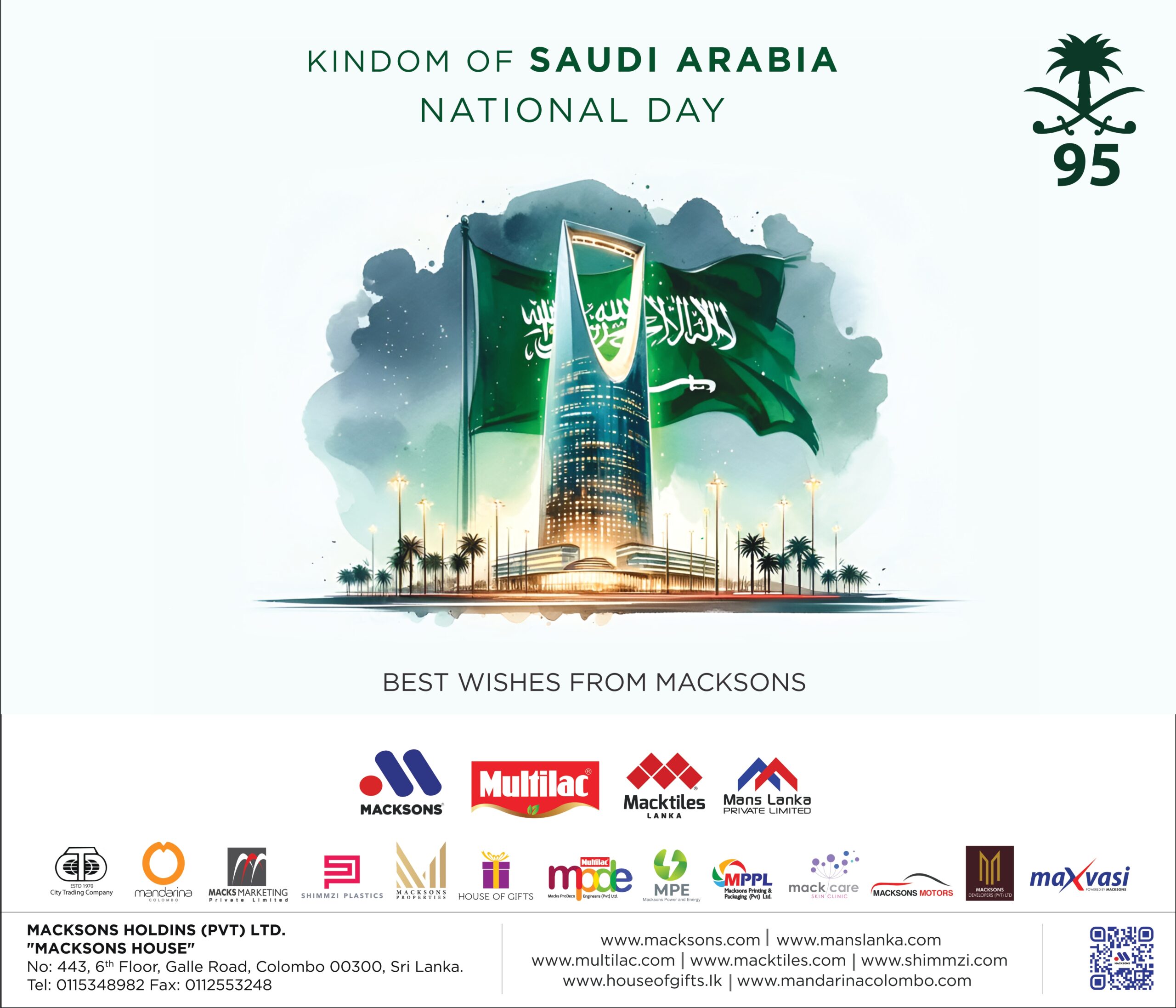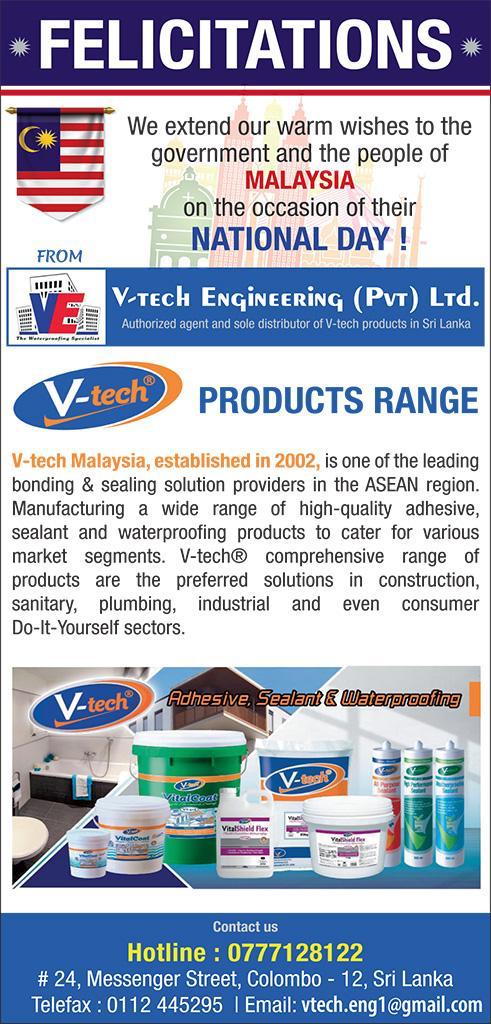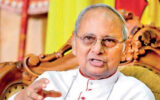Vietnam is a land characterized by its attractive natural beauty from uniquely extraordinary
landscapes and cultural diversity defined by a graceful blend of old French colonial beauty, faded
imperial relics and a contemporary culture. Its thousands of years old history was always depicted
as a long and continuous struggle for independence and freedom. Following years of being confined
to external invasions and the victory of the August Revolution, President Ho Chi Minh marked the
birth of the Democratic Republic of Vietnam, which is now the Socialist republic of Vietnam on 02
September 1945 by proclaiming the declaration of Independence at the Ba Dinh square in Hanoi.
After decades of war and isolation, Vietnam today is known as a peaceful, modern, young and
dynamic country and an active and responsible member of the international community,
significantly contributing to global peace and prosperity. The nation is experiencing tremendous
growth and, over the last decade, has had one of the strongest economies in the world. The
country’s ability to recover and rebuild has played a significant part with where it stands today.
Weaving a unique culture….
All external influences, centuries of wars, hardship as well as different civilizations throughout the
history have contributed in forming and shaping the unique Vietnamese culture. It is a blend of
traditional and contemporary values; well-cultivated by the combination of its lifestyle, cuisine,
education, religion, etc.
In the past few decades, Vietnamese culture and society have undergone major changes. These
changes contributed to different food and traditions in every region of the country. Vietnam has
been gradually searching for its own ways of development. It is the way towards prosperous
people; a strong country; and an equitable, democratic, civilized society.
Until the mid-1970s, when Vietnam faced foreign aggressive forces, there been “nothing more precious
than independence and freedom” for all Vietnamese generations. Even during the fierce war,
Vietnamese nation could still build a healthy and civilized culture and society, amid of fervid
relationships in the society.
After 1975, Vietnamese history turned to a new page: the period of national construction and
development in peace. Numerous new issues were raised and needed solving when the state of
peace replaced that of war. A number of legitimate material and spiritual needs were addressed
with adequate attention and solutions to meet those require economic development necessity.
Thus, Vietnam abandoned subsidy economy for a market economy in 1986 which represented a
major shift in the economic thinking of the society as well as the culture of the country.
A diligent community…
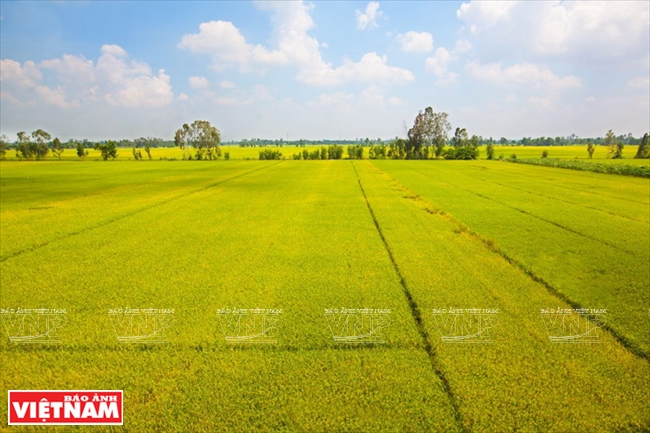
The first human civilization in Vietnam was believed to be appeared in the Red River Delta about
35,000 years ago. Legend has it that the Vietnamese are descendants of Lac Long Quan and Au Co,
also known as the “Dragon Lord of the Seas” and the “Fairy of the Mountains”.
With a long territory stretching from the North to the South and a great number of ethnic groups,
Vietnam possesses a varied culture with diverse local characteristics. Even though the lifestyles differ
in each region, there are some aspects of life which remain fundamentally the same. Vietnamese
are well versed in the arts and have made several contributions to the world of literature. They are
well known for their kindness, friendliness and hospitality. For this reason, the family is an
important part of the Vietnamese people’s lifestyle. Many homes support large extended families
living under the same roof where each person has his or her own place. Respect for the elders is
essential and comes a long way, not only in the family, but also society in general.
Vietnamese people are also known to be very hard-working. It is an attribute given that they often
have to face many natural disasters and harsh conditions of their tropical environment. Majority of
the population of Vietnam live in rural villages, survive through farming and raising livestock while
the lifestyle in the city influenced by industrialization and modernization.
Education is of great importance to Vietnamese people, so Vietnamese children are now given
adequate education since they were at small age. Vietnam’s literacy rate stands at more than 95%
of those under the age of 25.
The Flavours of Vietnam…
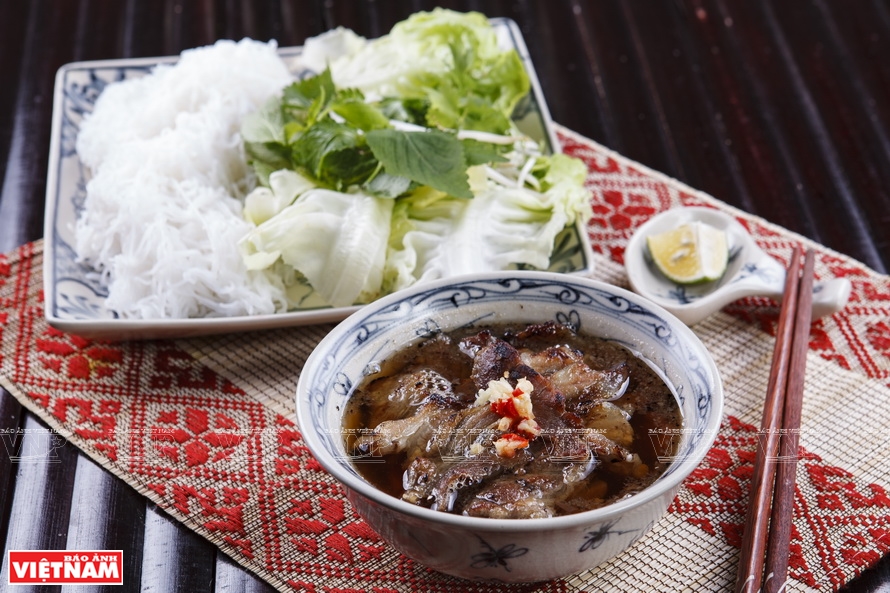
Vietnamese cuisine is well cultivated and diverse due to its geography and influences. It was
historical influenced particularly by the colonial Chinese and French culture and the influence also
comes from its neighbouring countries. The northern Vietnam reflects the Chinese cooking heritage
by specializing in noodle soups and soy sauce – based dishes, which differ drastically from the spices
used in other regions. Central Vietnam is more abundant with fresh produce, which uses a variety
of spices and to serve more vivid and colourful dishes. Lastly, Southern Vietnam is often known for
the sweet and spicy dishes slightly similar to Thailand’s cuisine.
The country’s geography is also apparent in its cuisine. Rice being the staple for the Vietnamese
people and is cultivated on the vast majority of agricultural lands. It is served plain, sweetened, stir
fried, with meat or vegetables, added to soup, made into rice cakes or into flour to make rice
noodles or thin rice papers. Rice is eaten at almost every meal. With a vast stretch of coastline,
majority of their food products are based on seafood.
Vietnam has a large variety of noodles and noodle soups. Different regions have invented different
types of noodles, varying in shapes, tastes, colours, etc. Tropical fruits, stir fries, rice and soups are
eaten all over. The characteristic flavours of Vietnamese cuisine include sweet, spicy, sour, nuoc
mam (fish sauce), and flavoured by a variety of mint and basil. Many Vietnamese dishes are often
burst with complex flavours.
Due to its rich food culture, Vietnamese cuisine has been gaining popularity and widely found in
many other countries around the world. According to the list of Travellers’ Choice Award 2022
published by TripAdvisor, Hanoi, Vietnam stands among the top 25 destinations for food lovers.
The Vietnamese cuisine offers many signature dishes out of which the most famous and
recognizable food are Pho and Banh Mi.
PHO is a noodle soup that consists of soft rice noodles, flavourful and fragrant broth, together with
few herbs, bits of meat and spices such as onions, lime, etc. There are different types of Pho,
including; Pho Bo and Pho Ga. This dish is considered to be the symbol of Vietnamese food and can
be eaten at any time of the day.
BANH MI is a Vietnamese sandwich that has a crispy French Baguette as its base and a variety of
grilled meat and pickled vegetables. Infused with flavours, ingredients and tastes from the two
cultures, a food item is formed that is recognizable in its own rights and is now being eaten globally.
BUN CHA is another classic northern dish is comprised of cold rice vermicelli, slices of seasoned
pork belly, fresh herbs and salad greens together with minced pork in a bowl of fish sauce-based
broth.
VIETNAM SPRING ROLL is one of the most popular dishes of Vietnamese cuisine, traditionally
consisting of meat, seafood, vegetables, rice vermicelli and other ingredients wrapped in
Vietnamese rice paper and served fresh or fried.
Preserving Heritage for the Future….
Vietnam’s cultural resources are not only abundant and diverse, but also valuable in many aspects,
which have been well recognized regionally and internationally. The system of copious cultural
heritages and breath-taking landscapes is an invaluable asset that is elevating Vietnam culture in
the international arena.
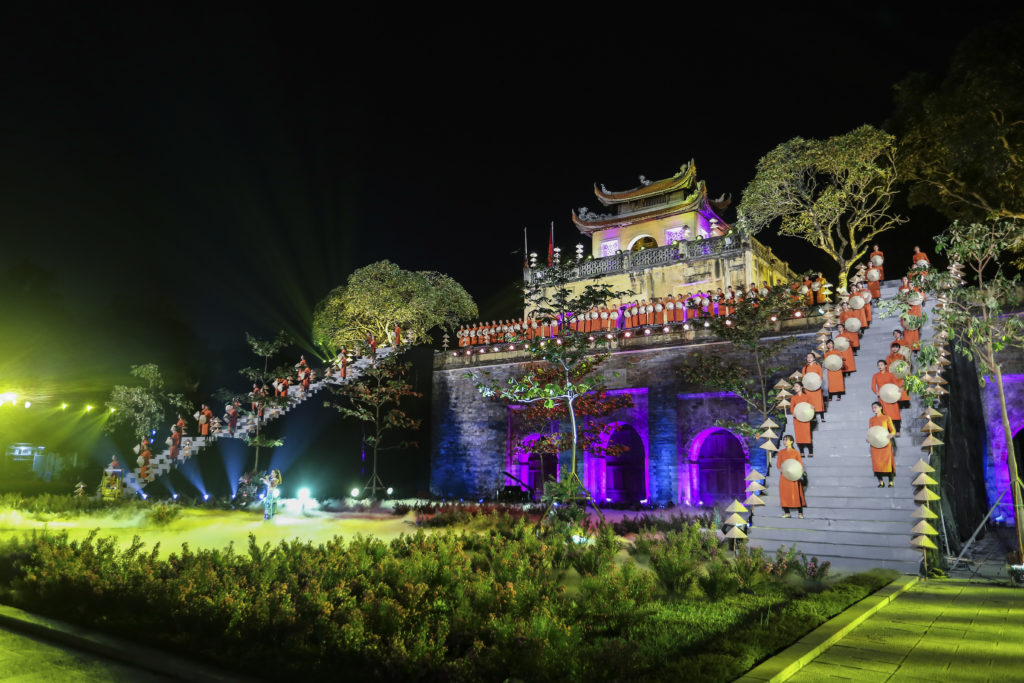
Trang An Landscape Complex, Ho Dynasty Citadel, Thang Long Imperial Citadel, Complex of Hue
Monuments, Ha Long Bay, Hoi An Ancient Town, My Son Sanctuary, and Phong Nha – Ke Bang
National Park are all UNESCO world heritage sites in Vietnam.
Among the intangible cultural heritages recognized by UNESCO are Nha Nhac – Vietnamese court
music, Space of gong culture, Quan ho Bac Ninh folk songs, Ca Tru singing, Giong festival of Phu
Dong and Soc temples, Xoan singing of Phu Tho province, Worship of Hung Kings in Phu Tho, Art of
Don ca tai tu music and song in southern Vietnam, Vi and Giam folk songs of Nghe Tinh, Tugging
rituals and games, Practices related to Vietnamese beliefs in the Mother Goddesses of Three
Realms, The art of Bai Choi in central Vietnam, Then singing practice of Tay, Nung, Thai ethnic
people and the art of Xoe Thai dance.’
Vietnam’s international cultural cooperation has improved, introducing the country’s image,
culture, and people to the world and developing “soft power” for the country. Cultural exchanges
have accompanied the state’s multilateralization and diversification of foreign relations,
contributing to the enhancement of friendship and mutual understanding while bringing Vietnam’s
national image, culture, and people to the world.
Pix: Vietnam News Agency (VNA)






